What are Myospots made from?

Myospots are made of safe, natural ingredients. The product is designed in Australia by Myospots Australia Pty LTd and is manufactured by Acino Pharma in Switzerland under European GMP.
The main composition of Myospots is a mixture of Algae agar, cellulose gum and xanthan gum. In addition, there are small concentrations of the following: stevia (sweetener), natural fruit flavour (banana, blueberry or strawberry), natural colour and a safe preservative (potassium sorbate) to protect the product against microbial growth.
There is no gluten, soy or dairy products in composition. There is also no animal derived product in the composition, making Myospots suitable for vegans.
Myospots are listed as class-1 medical device with Australian Register for Therapeutic Goods (ARTG-326829) and have a European GPSD (General Product Safety Directive) certificate.
Oral Myology and Myofunctional Therapy for Correcting Tongue Posture
- Orofacial myofunctional therapy is a growing field in active treatment of conditions related to orofacial complex dysfunction.
- This therapy principle includes the treatment of facial muscle imbalances, correcting of tongue posture and establishing equilibrium between the tongue, lips and the cheek muscles.
- Orofacial myofunctional dysfunction has been linked to a range of problems, including tongue thrust (Eur J Orthod. 2016; 38(3): 227), various dental malocclusions (Dental Press J Orthod. 2014; 19(4): 94), sleep apnea and snoring (Sleep. 2015; 38(5): 669), swallowing difficulty (dysphagia) (Int Arch Otorhinolaryngol. 2018; 22(3): 225) and speech disorders (Cochrane Database Syst Rev. 2015; 2015(3): CD009383).
- Accordingly, myofunctional therapy plays now an essential role in treatment of this range of conditions.
- A major component of this therapy is tongue muscles exercise to regain tongue muscles strength and correct tongue posture.
It all starts with Correcting Tongue Posture
Mouth Breathing
- Up to 30-50% of modern adults breathe through the mouth, especially during early morning hours.
- Children with untreated mouth breathing may develop long, narrow faces, narrow mouths, high palatal vaults, dental malocclusion, gummy smiles, and many other unattractive facial features (J Int Oral Health 2014; 6(6); 50).
- When the tongue is trained to rest against the palate it becomes increasingly difficult to breathe through the mouth, thereby reducing these complications.
- Exercising the tongue to elevate and rest on the palate encourages the user to initiate and continue breathing through the nose.
Tongue Thrust
- Tongue thrust refers to a forward or downward resting posture, where the tongue rests against or over the lower teeth.
- Tongue thrust can develop the habit of mouth breathing and is usually associated with other conditions such as habitual digit-sucking and open bite malocclusion.
- Tongue exercise to increase tongue muscles tone and correct for tongue posture is essential for the treatment of tongue thrust and the associated conditions (Eur J Orthod. 2016; 38(3); 227).
Snoring and Sleep apnea
- Habitual mouth-breathing is one of the common causes of sleep-breathing difficulties such as snoring and sleep apnea, where during sleep the mouth remains open and the mandible drops backwards causing the soft tissue (including tongue) to collapse the airway.
- Tongue elevation exercise improves nasal breathing, results in a better control of the extrinsic tongue muscles and habitually places the tongue in a ‘‘proper posture during function and at rest”.
- Changing tongue posture to remain elevated and resting on the palate while both awake and asleep, helps keeping airways open and prevent the tongue from falling backwards during sleep to block the airways resulting in snoring and sleep apnea (Chest, 2015,148(3), 683; Am J Respir Crit Care Med, 2009, 179(10), 962).
Dysphagia
- The tongue is a critical organ in swallowing, providing the driving force that transport food and liquid through the mouth and pharynx.
- Fatigue in the tongue muscles may contribute to incomplete food clearance, prolonged time to complete a meal and reduced intake (Angle Orthod. 2015; 86(2); 227).
- This is a frequent problem in elderly, where decreased muscles tone is associated with swallowing difficulty. Furthermore, mouth breathing decreases chewing activity and can contribute to dysphagia (J. Oral Rehabil. 2012; 39(8); 559)
- Tongue exercise increases tongue muscles tone to facilitate the process of swallowing, in addition, the correction of mouth breathing increases the chewing efficiency to facilitate swallowing.
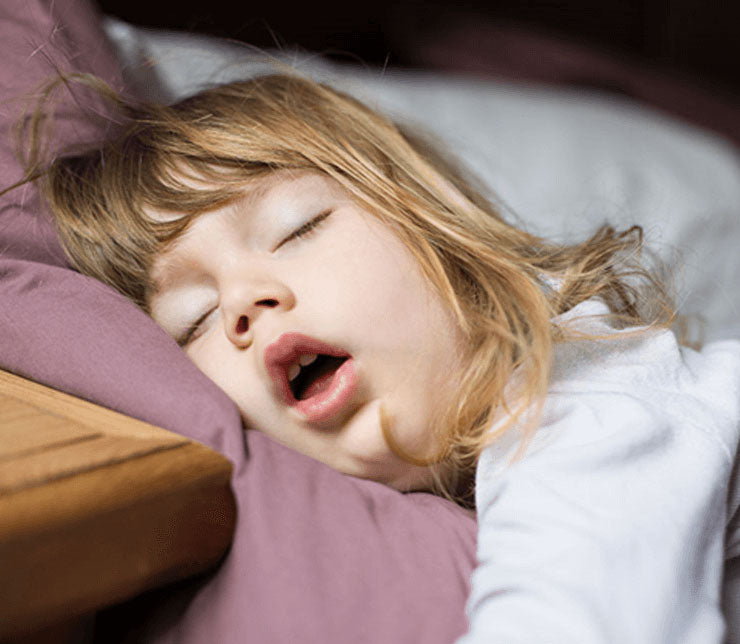
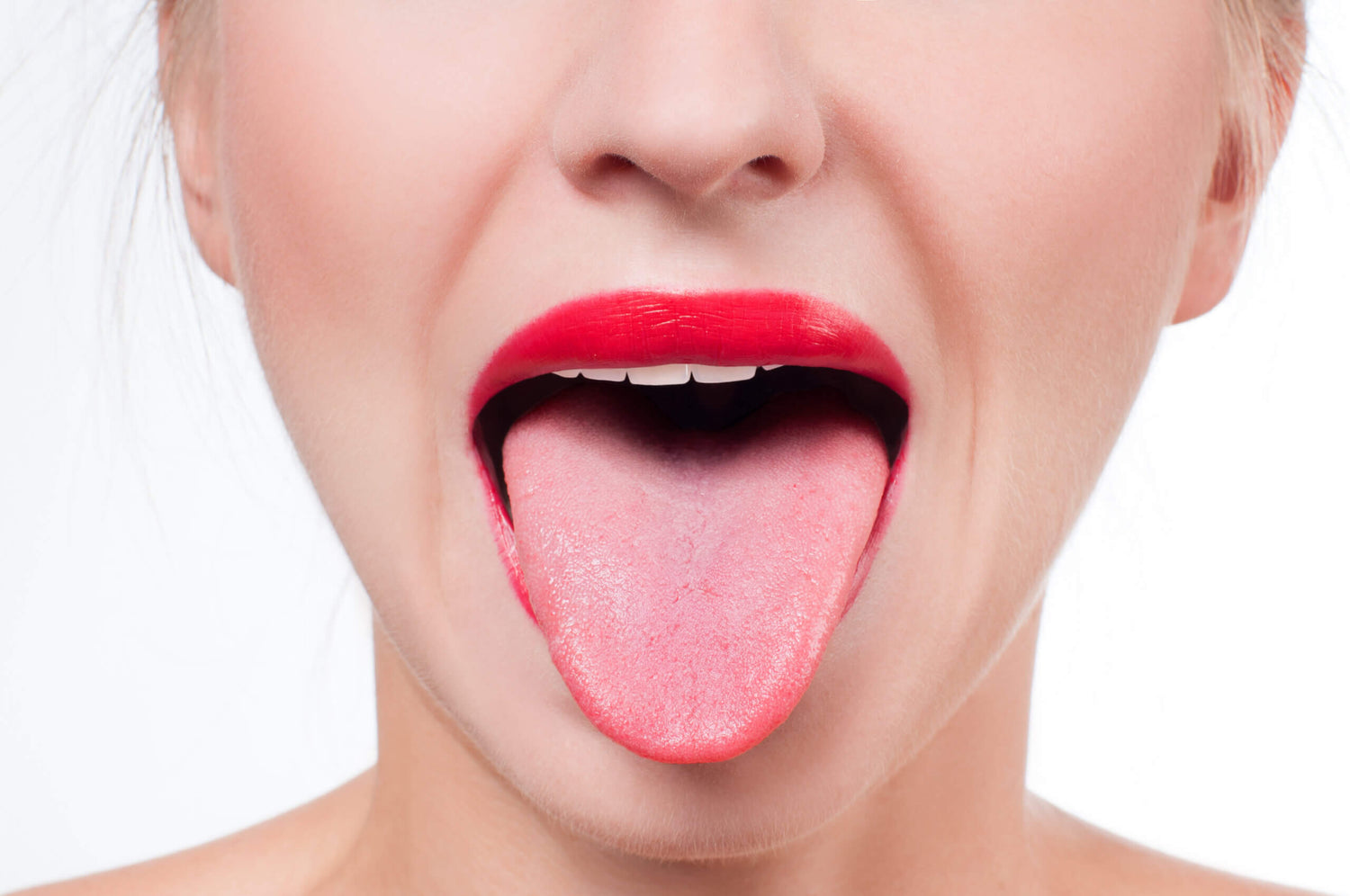
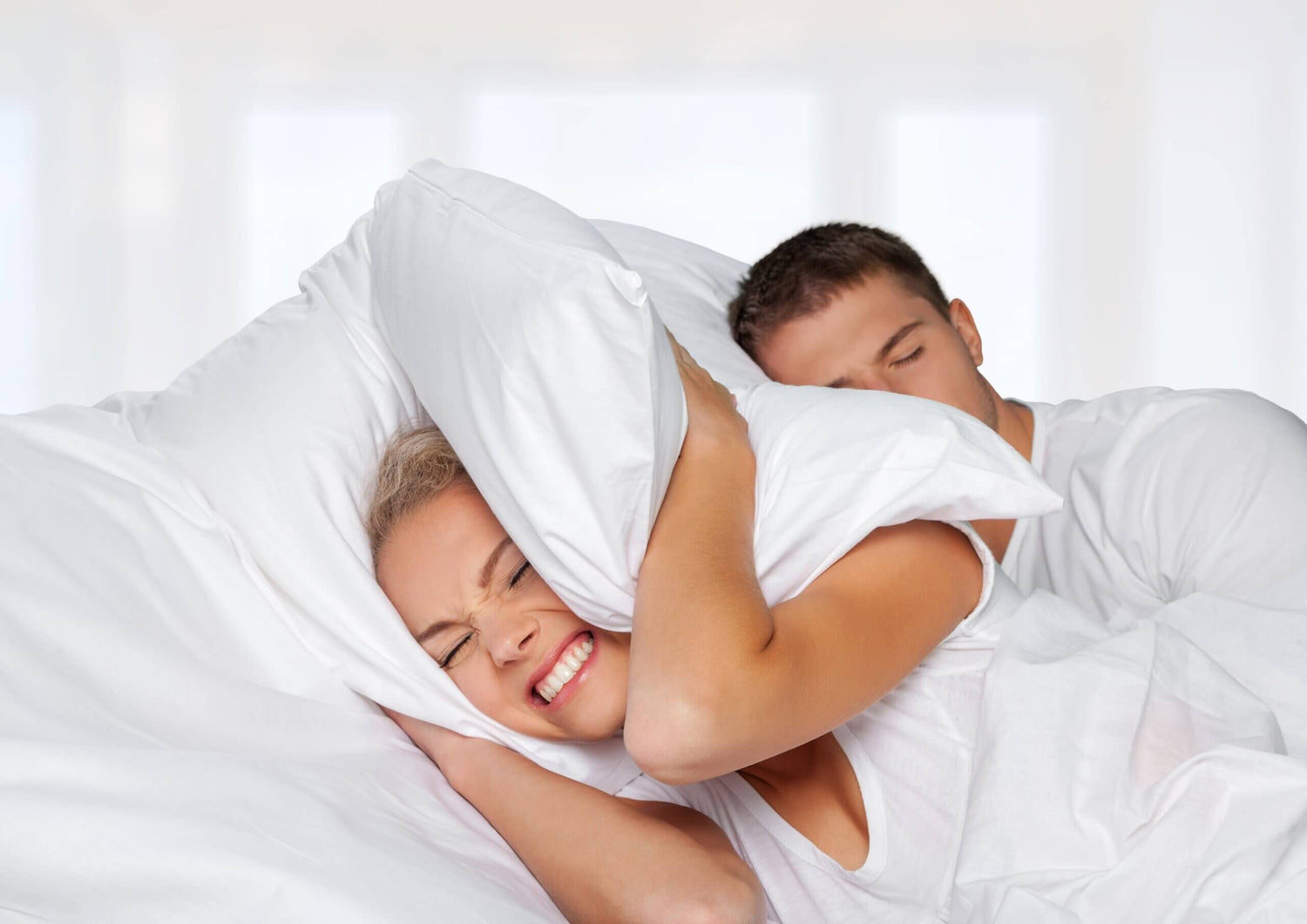
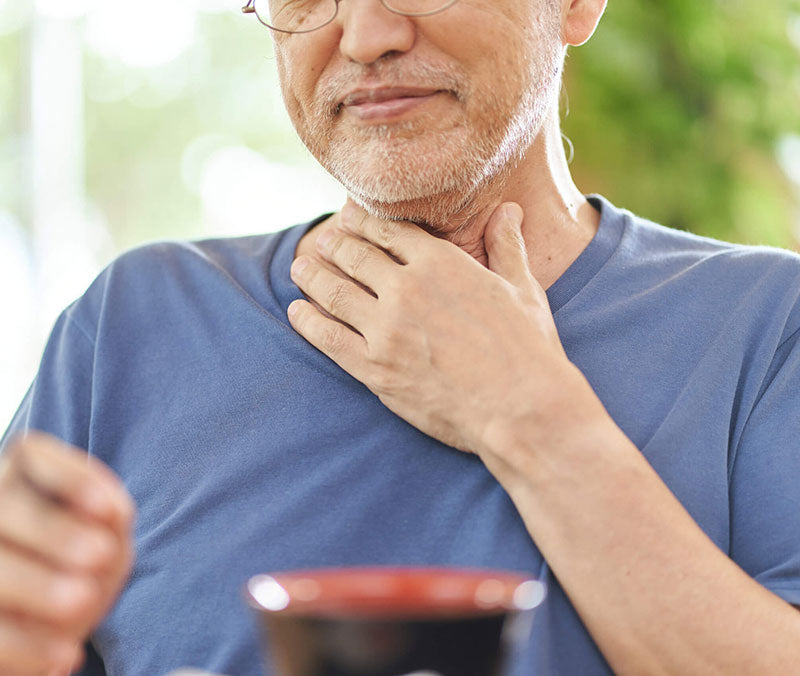
Tongue Tie
- Tongue-tie is a congenital abnormality of the lingual frenulum that limits the range of movement of the tongue resulting in interference with feeding and speech (J Appl Oral Sci. 2014; 22(3); 241).
- The usual mode of treatment is surgery to remove the tongue-tie (frenotomy). However, tongue exercise is essential after surgery to entice the tongue to be raised to the roof of the mouth thus preventing reformation of tongue-tie.
- Furthermore, tongue exercise has been suggested as a pre-treatment before the surgery to prime the tongue in rising to the palate.
Digit Sucking
- Retraining the tongue to rest against the palate is an effective intervention for treatment of habitual digit (normally the thumb) sucking and prolonged use of pacifiers.
- If digit-sucking habit persists, malocclusions such as open-bite can develop.
- Correction of tongue posture and induction of nasal breathing is key in the treatment of habitual digit sucking (Int Dent J. 2015; 65(5); 235).
Speech Disorders
- Abnormal tongue function and decreased tongue muscles tone can be related to speech difficulties (Am J Speech Lang Pathol. 2019; 28(2); 612).
- Furthermore, the number of tongue movements and the contact points of the tongue with the palate are different in the pronunciation of consonants and words. These can be affected by various tongue malfunctions such as tongue thrust.
- Accordingly, exercising tongue muscles and training the tongue to elevate and rest on the palate is essential for treatment of speech disorders.
Dental Malocclusions
- The effect of the tongue on development of the dental occlusion is a result of its pressure on teeth and other areas during rest and function.
- Poor tongue posture and associated tongue dysfunction or bad habits such as digit sucking can result in malocclusion of teeth, such as open-bite malocclusion (Acta Otorhinolaryngol Ital. 2016; 36(5); 386).
- Tongue exercise and correction of tongue posture are very important for retention of orthodontic treatment and prevention of relapse (Eur J Orthod. 2016; 38(3); 227).
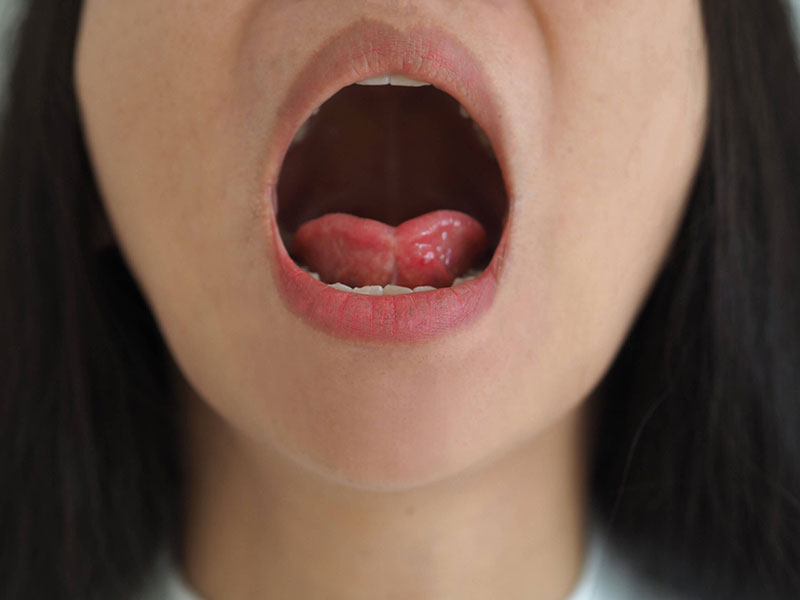


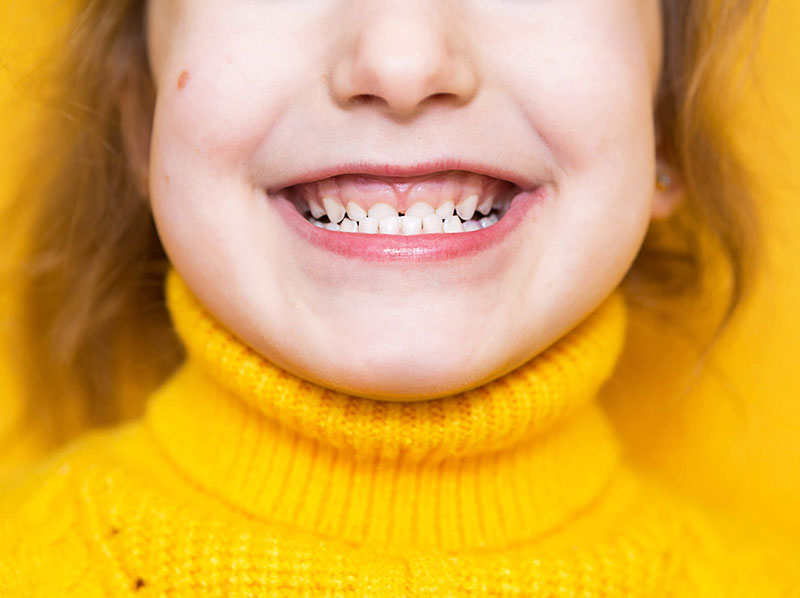
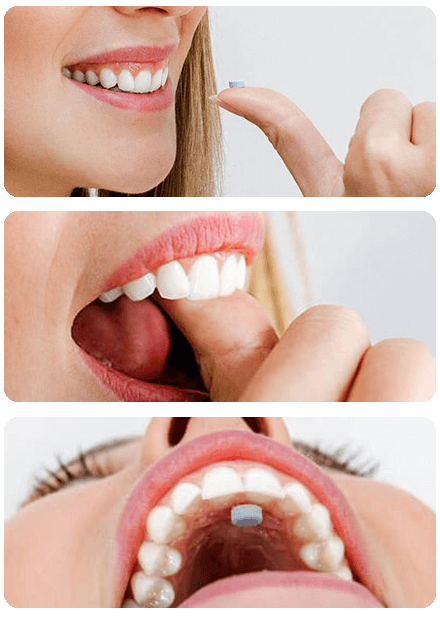
How can myospots train you to breathe through your nose?
- Myospots are small, dissolvable, adhesive pads that adhere easily to the roof of the mouth by gently forcing them with your thumb against the hard palate (2-3 mm behind the two front teeth).
- Once adhered, the spot stimulates your tongue involuntarily and unconsciously to elevate and touch it. It acts therefore as a tool to GUIDE and REMIND your tongue. It GUIDES the tongue to the correct spot (where it needs to elevate and rest on the roof of the mouth) and it also REMINDS the tongue to keep elevating until the spot is completely dissolved under the effect of saliva.
- Each spot takes 45-50 min to dissolve completely, providing almost 1 hour of extensive tongue exercise with each spot.
- Using 2-3 spots every day for 8 to 10 weeks helps in creating a tongue elevation habit that is associated with a lip seal and nasal breathing.
- Furthermore, the gentle pressure exerted by the tongue on the surface of the hard palate provides good resistance exercise that results overtime in increasing tongue muscles strength.
- This tongue strength is needed to maintain normal swallowing and speech functions and to maintain patent airways while awake and asleep.
- The gentle pressure exerted by the tongue while resting on the palate induces the natural expansion of the maxilla, particularly in young children.
Please note the following when attaching the spot to the roof of your mouth:
Myospots are not sticky and this is why they do not stick to each other in the container or to your fingers when you hold them. Myospots are made of hygroscopic materials that tend to absorb moisture quickly from the surroundings, this is how it adheres to the palate, since it sticks easily to wet surfaces under the moisture effect.
If the roof of the mouth is too dry (which is the usual case in chronic mouth breathers) the spot will not adhere easily. If you find it difficult to adhere the spot to the roof of your mouth, please try the following: take a sip of water before using the spot, and moisten the roof of your mouth with the tip of the tongue for a few seconds, then apply the spot. If your child is the one who is doing the exercise, make sure when they start elevating the tongue not to force the spot off, but to press over it with tongue surface.
FAQs
How do you know if you or your child is a mouthbreather?
Click here to take the quiz.
I have multiple allergies. Are Myospots suitable for me?
Myospots do not contain gluten or other allergy-causing proteins, soy or dairy products. So they are suitable for coeliac consumers and those who are allergic to soy, dairy and nut products.
Are Myospots suitable for vegans?
Myospots do not contain animal-derived products. Therefore, they are suitable for vegans.
Can children, babies and infants use Myospots?
We do not recommend the use of Myospots for Infants under 2 years of age. Children under 6 years of age should use the product under adult supervision.
Is this product right for you?
Please click here for the product leaflet. Learn More
Myospots add great and easy value to your practice
They help to increase patient satisfaction. We offer wholesale rates on bulk orders to healthcare practitioners so that the savings add up. Why not add an extra tool to your practice? Order your free sample today – so that your patients can breathe easy.


